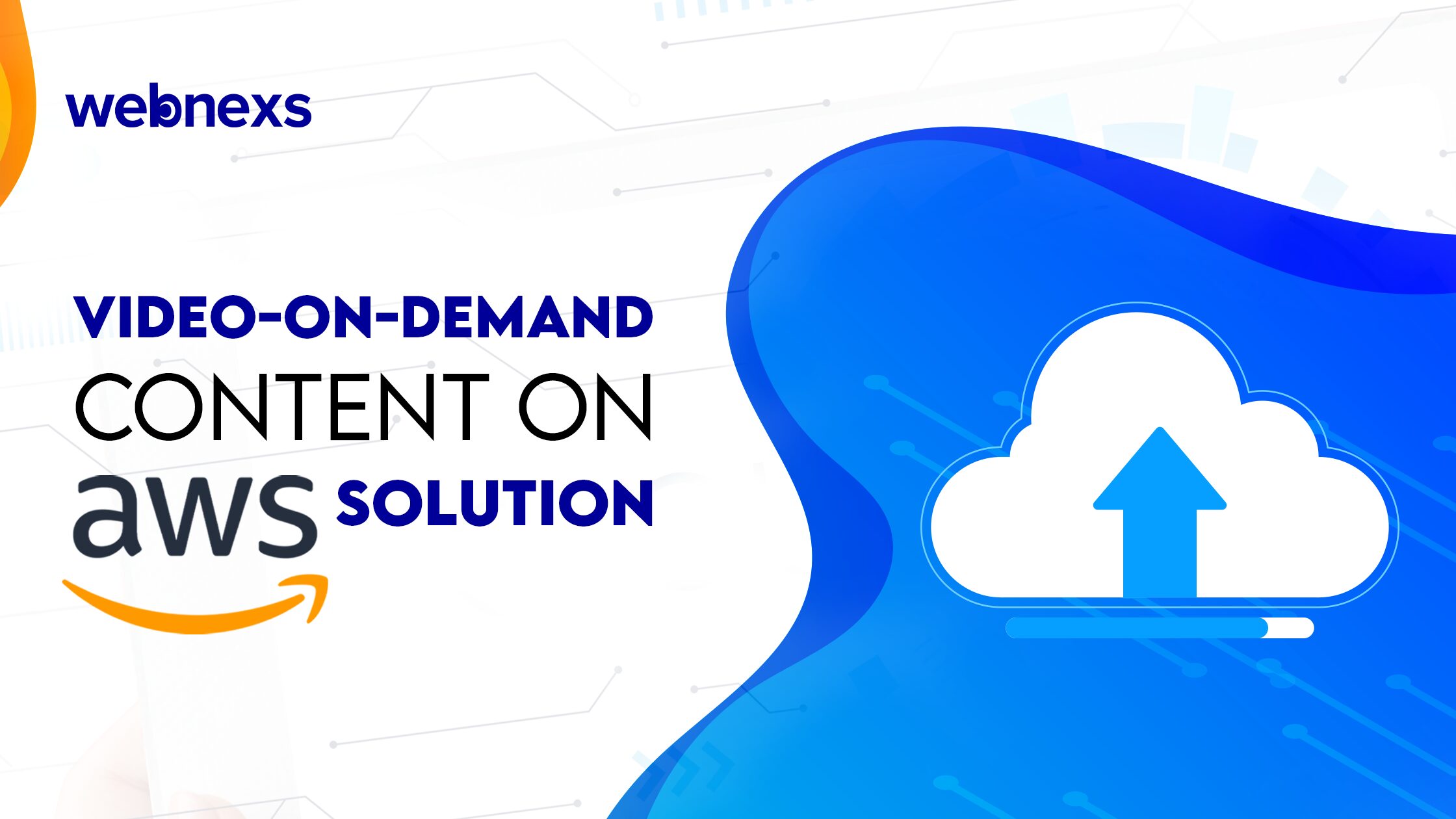Amazon Web Services (AWS) offers two media solutions to cost-effectively bring video-on-demand (VOD) content to global audiences using the AWS Cloud. Both Video on Demand on AWS solution and AWS Foundation solution need to build scalable, distributed VOD processing and delivery workflows. This blog provides guidelines to choose the streaming solution that best fits your needs.
Video on Demand on AWS Foundation
This solution is built to assist you in rapidly getting started encoding video files with AWS Elemental MediaConvert. It can be simply customized and used as the starting point to build a more complex workflow.
Out of the box, this solution permits you to perform the following:
- Automatically transcode videos uploaded to S3 into formats fit for playback on a huge range of devices.
- Simply customize MediaConvert job settings by uploading your own file and using different job settings for different inputs.
- Store transcoded files within a destination bucket and practice Amazon CloudFront to deliver to finish viewers.
Besides to the transcoded video, the outputs include input file metadata, job settings, and output details. These outputs are stored over a separate JSON file that can be implemented for further processing.
Video on Demand on AWS
This solution enhances the Video on Demand on AWS Foundation solution with additional features and various options that can be customized.
This solution offers the following features:
- Amazon Step Functions orchestration of the ingest, transcoding (containing pre-and post-processing steps), and producing steps of the workflow.
- Alternative of video file or metadata file trigger.
- Delivery of videos to viewers with Amazon CloudFront arranged for playback on a huge range of devices.
- Input file metadata, job settings, and output details are stored in a DynamoDB table for simple access by downstream consumers.
- permissive automated archive of video inputs to assist decrease storage costs.
With this solution, you can also select to use AWS Elemental MediaPackage for packaging content into different formats and to use encryption. MediaPackage can decrease storage costs for the outputs; although, there’s a trade-off between packaging costs and storage costs.



11 Responses
Very useful blog on video on demand on Amazon web services solutions
Thanks for sharing
Useful blog! Amazon Web Services (AWS) enables television and content owners to automate media supply content distribution, and deliver media content to a worldwide audience
Nowadays video has become the main source of Information sharing and learning. This blog helps to create an video on demand services on AWS
This blog clearly explain on how Amazon Web Services(AWS) utilize video on demand content.
Thanks for sharing
This article helps me to understand on how to build scalable, distributed VOD processing with AWS solutions
Good insight on “Video-On-Demand content on AWS solution”
Hello , I would to know how mutch its cost to make a setup VOD, Video on Demand in my space AWS ?
I have elearning videos. Can you do this and how mutch it cost?
1.You do the configuration in aws. Iam, S3, Mediaencoder, Cloudfront etc..
2.The website will for the moment at http://site.4d-univers.com/
3. The video must be multi-device encoded, Pc, Tablet, Smartphone, Iphone ect and different bandwith connection (1080, 720, 480 ect). Look at the image attached with the email.
I have my own server and AWS account. I have developed video apps before. So any solution you would recommend, I accept. I wanted to know your price is close to my budget
We will make content for Puerto Rico because it is based on Puerto Rico marketplace and we are going to expand to other places. Also, is this software hosted or do I need to host on AWS?
Do you have a recommendation of which servers are good to stream or do you have partners that can do the work? I know that I need to have my own server, AWS, cdn and video server. How much will cost your application in order to present it tomorrow to my boss and the associates that are interested in starting the project?
We use a lot of various technology accordingly to the clients business model. Thus, I would like to hear your AWS business model and suggest you a best solution.